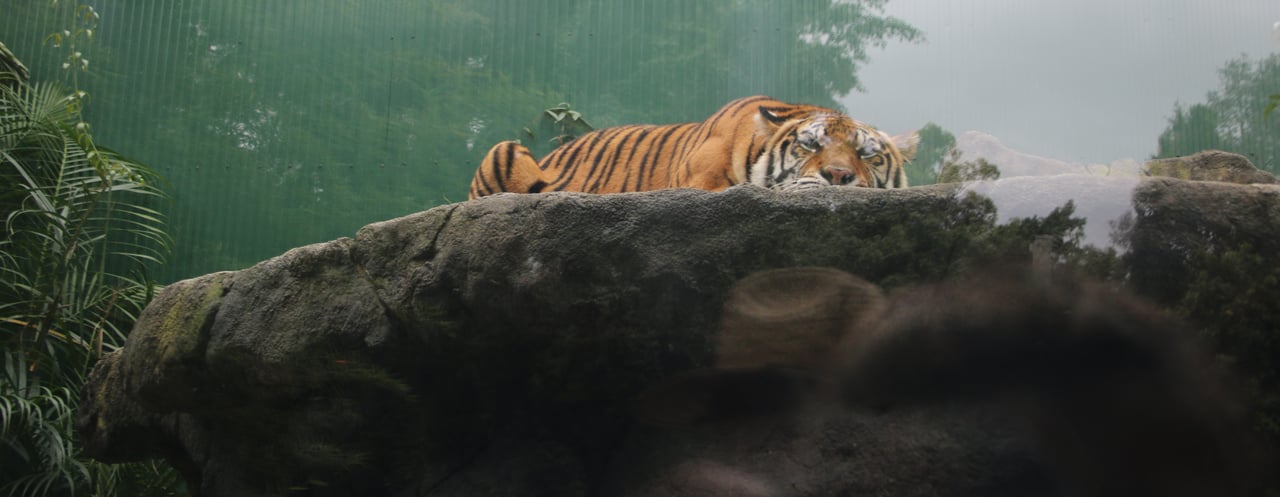Free Baloo from a life of suffering
Sign this petition urging the Romanian government to move Baloo to the Libearty Bear Sanctuary immediately.

Campaign
Our campaign to transform wildlife tourism aims to safeguard the welfare and conservation of these animals, address the negative impacts of tourism, and ensure wildlife can thrive within their natural habitats.
![]()
In the name of entertainment and profit, countless wild animals are taken from their natural environments and family groups, resulting in profound psychological trauma.
Many animals in entertainment, such as marine mammals, are often captured young, severing the deep familial bonds crucial to their development and social structure.
![]()
To perform tricks and interact with tourists, animals are often subjected to harmful training methods that can involve physical punishment and psychological manipulation.
Investigations reveal regular use of pain-inducing tools like bullhooks on elephants and the withholding of food to force tigers and other big cats, and dolphins to perform tricks and other unnatural behaviours.
![]()
Captivity often forces animals to live in conditions that are a stark contrast to their natural environments, leading to abnormal behaviours indicative of stress, mental anguish, and overall poor welfare.
Captivity-induced stress behaviours inlcuding big cats pacing, elephants swaying and dolphins circling endlessly in small tanks are common.
![]()
Performing animals are forced to behave very different from their natural instincts, which can have damaging physical and psychological effects.
Elephants are trained to stand on their front legs, bears to ride bicycles, and dolphins to give people rides, none of which are natural behaviours for these species.
We collaborate with people and companies throughout the tourism industry to promote animal-friendly alternatives. By highlighting the intrinsic value of wild animals in their natural habitats, we encourage travel options that respect animal welfare, protect wildlife in the wild and advocate for the end of harmful entertainment activities.
Through dedicated rescue and rehabilitation efforts, we provide a lifeline to animals facing urgent distress. We work with sanctuaries and specialized facilities to ensure these animals find expert care, offer them a safe haven, and, where possible, reintegrate them into appropriate wild environments.
We advocate for strong legal protections that prohibit the use of wild animals for entertainment. Our goal is to achieve lasting legislative change that safeguards animal welfare and upholds conservation principles.
Recognizing that communities are key to conservation, we support the development of sustainable livelihoods that benefit both people and wildlife. Our initiatives focus on community empowerment and promoting coexistence, ensuring that protecting wildlife is beneficial for all.
Through global awareness campaigns, we educate tourists about the hidden cruelties in wildlife entertainment. By informing and inspiring, we aim to reduce demand for harmful tourist activities and create a culture of respect for wildlife.
Sign this petition urging the Romanian government to move Baloo to the Libearty Bear Sanctuary immediately.
The cruelty can't go on! Sign the petition urging the Government of Rajasthan, India to put an end to elephant rides at Amer Fort, once and for all.